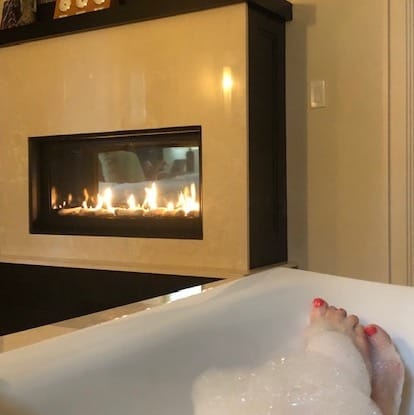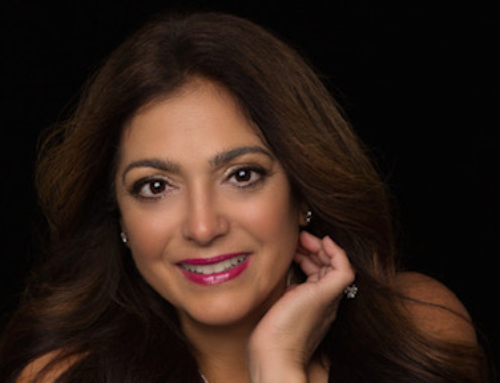
Self care seems to be a buzz word lately, but sometimes we need a reminder to press pause and allow ourselves some recovery time. We all have busy, sometimes over-scheduled lives where we try to balance the needs of spouses, children, aging parents, work, finances and day-to-day life. That leaves little time for us as individuals. My life has slowed down in recent years as my children have grown older and my husband has retired and is around more to help – maybe around a little too much…but I remember (somewhat foggily) the multi-tasking days of just a few years ago. I was working full-time as a journalist, raising three young children, living abroad in a very foreign land, trying to take care of my 85 year-old mother who was thousands of miles away, grocery shopping online during my lunch hour and occasionally working out at the gym when I was not too exhausted. I didn’t take much time for myself during those years and they went by in a blur. The time I did take for myself was probably more Merlot than meditation.
As I’ve had more time to focus on myself, I’ve discovered what helps me relax and gives my body a chance to recover from life’s stressors. Let’s talk about baths. I am a bath aficionado. I love my epsom salt baths, bubble baths or simply sitting in the hot tub after a ski. I light the candles, put on some soft music and lock the door. Sometimes the bath is the only place that mothers can be left alone, maybe that’s where my affinity for baths started.
I’ve written before about another kind of bathing, forest bathing or Shinrin yoku (the term originated in Japan). Just taking a walk through a forest, breathing in the air and soaking in the energy of the trees can be incredibly restorative. “Indoors, we tend to use only two senses, our eyes and our ears. Outside is where we can smell the flowers, taste the fresh air, look at the changing colours of the trees, hear the birds singing and feel the breeze on our skin. And when we open up our senses, we begin to connect to the natural world.” (Dr. Qing Li)
The last type of bath I want to talk to you about is the sound bath, where instead of being immersed in water, your body is immersed in sound waves. One of the things that helps me meditate is listening to meditation music. I find it really helps me to zone out when I hear a particular frequency. It feels like the music is washing over my brain and cleansing it. I’ve discovered certain frequencies such as 528 hz (the vibration of love) are particularly effective. If you search Google or Spotify you can find a huge variety of “sound bath” playlists. The songs include sounds from chimes, gongs, drums and Himalayan singing bowls. Our bodies are made up of energy so it makes sense that being immersed in calming waves of sound could help shift our vibration and lower our stress levels. Sound has been used for thousands of years to heal and restore our bodies. While playlists are very helpful, listening to the music live allows the sound to be felt more deeply in our cells. There are more and more places offering sound baths as they become more popular. A simple search of “sound bath near me” will yield many results. Locally, we have access to reiki practitioner Laura Joseph. Laura is a metaphysical and holistic practitioner and teacher. She offers regular Reiki Vibrational Healing Meditations on the third Monday of the month at her studio in Hingham.
Laura uses a variety of instruments including Tibetan Singing Bowls. She says they have been used by Tibetan monks for centuries for healing and meditation purposes. “These bowls create a range of sounds to restore the normal vibratory frequencies of diseased and out-of-harmony parts of the body, mind and soul.”
“If we accept that sound is vibration and we know that vibration touches every part of our physical being, then we understand that sound is heard not only through our ears but through every cell in our bodies. One reason sound heals on a physical level is because it so deeply touches and transforms us on the emotional and spiritual planes. Sound can redress imbalances on every level of physiologic functioning and can play a positive role in the treatment of virtually any medical disorder.” (Dr. Mitchell Gaynor, director of Medical Oncology and Integrative Medicine, the Cornell Cancer Prevention Center in New York)
As poet Sylvia Plath says, “There must be quite a few things a hot bath won’t cure, but I don’t know many of them. Whenever I’m sad, I’m going to die, or so nervous I can’t sleep, or in love with somebody I won’t be seeing for a week, I slump down just so far and then I say: “I’ll go take a hot (or forest or sound…) bath”.









Leave A Comment